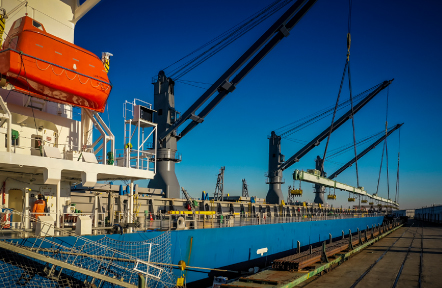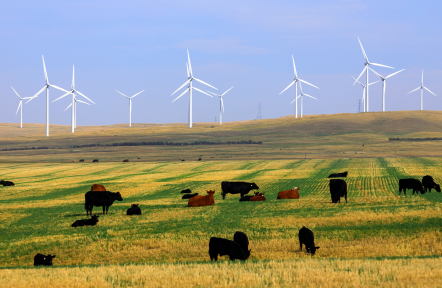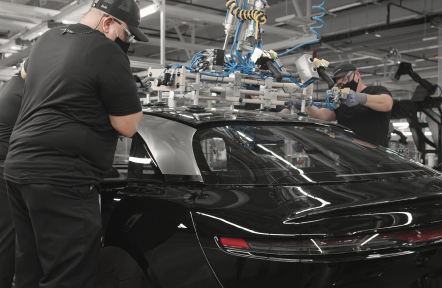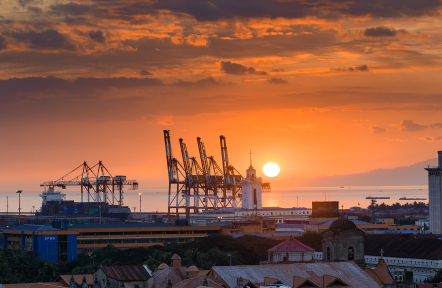For nearly 30 years, Australia reported positive economic growth each year and has grown its GDP per capita to become the fifth largest in the world. Consolidating its status as a regional and even a global economic powerhouse, the vast country has surmounted its geographical disadvantage. Its distance from the world’s major markets meant growth came most from domestic consumption, rather than foreign trade.
“We were so distant from the rest of the world, but we were able to develop our own economy from that,” Australia Industry Group (Ai Group) Chief Executive Innes Willox explains.
In the last decade, as supply chains improved and business grew more globalized in the last decade, Australia adapted quickly by developing its services sector, which now accounts for most of its overall GDP, as well as strengthening its exports, particularly from mining. As of 2017, Australia sends out close to $230 billion worth of goods annually.
According to the Australian Trade & Investment Commission (AUSTRADE), last year the value of Australian exports of goods and services increased 17 percent following a two year decline. This was mainly driven by the higher prices of minerals and fuel, which account for more than 45 percent of total exports.
Buying almost 30 percent of exports, China has become the most important trading partner of Australia, a longterm supplier of natural resources and premium agricultural produce to the Chinese market and the rest of the Asia-Pacific. AUSTRADE predicts that this year Australia’s economic growth will be the highest among major advanced economies.
“Australia benefited enormously from China’s economic boom and its huge demand for natural resources. That was one essential reason we avoided the global financial crisis,” Melbourne Business School Dean Ian Harper says.
A strong advocate of globalization, Australia has free trade agreements with China, Japan and Korea. It also signed the Asia-Pacific Trade Agreement (APTA) with Brunei, Canada, Chile, Japan, Malaysia, Mexico, New Zealand, Peru, Singapore and Vietnam earlier this year, and pursuing trade talks with the European Union.
“Australia is a trading nation. Our prosperity is built on opening access to new markets,” says Steven Ciobo, a member of parliament and former minister of trade, tourism and investment.
In terms of revenue, some of Australia’s industries are ranked among the largest in the world: mining and fuels (3rd), international tourism (10th) and agricultural products (12th). It also has the third-largest enrolment of foreign students and the sixth-largest investment fund in the world.
Yet, the international perception of Australia is still associated more with beaches, landscapes and wildlife than its economic prowess.
“Australians are historically quite modest. We are trying to change some of that and encourage our businesses to be braver and bolder. We would like our businesses to be born global. This country has been built and developed on foreign investment,” AUSTRADE CEO Dr. Stephanie Fahey says.
For Australia to sustain its continuous growth, all sectors agree that attracting foreign direct investment must be a priority.
“Australia welcomes foreign investments that are consistent with its national interest,” Ciobo says.
While the United States and the United Kingdom remain the top sources of FDI, investments from South Korea, Hong Kong and mainland China have seen double digit growth in the last five years, a trend that does not appear to be slowing down, according to the Ministry of Foreign Affairs.
So, Australia’s midterm and long-term economic growth is strongly connected to its neighboring Asian markets. By 2022, China and India alone are expected to represent almost a third of global GDP.
Leaving behind domestic consumption as an engine of growth and well-integrated with the fastest growing economies, Australia is perfectly positioned to become the world’s next economic powerhouse.












